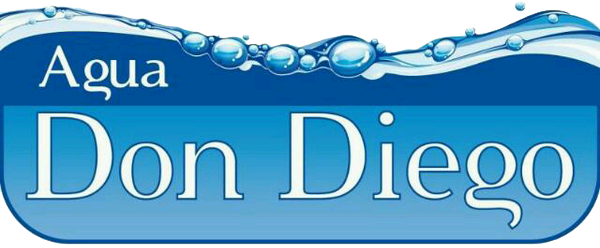
Discover the 10 profit mistakes home builders often make and how to avoid them. Get ready to build a solid foundation for your business’s financial success. Construction Billing Methods Plus, we have our own team of highly specialized consultants who are able to meet you in your office to ensure your accounting processes are supported.
Special problems in construction accounting
This method can help contractors maintain positive cash flow throughout the project but requires careful progress tracking. This billing method offers more flexibility than fixed-price billing, allowing for changes in the project scope without needing to renegotiate the construction contracts. Additionally, clients have more visibility into the project’s cost and can see the actual costs incurred. With this construction billing process option, the client pays all of the project costs plus an extra fee so you make a profit.
- Similarly, percentage of completion is always a trustworthy option for long-term projects.
- Where a lien or bond claim isn’t available, pursuing legal action or taking to small claims court can always get the job done.
- Finally, you can use the information you get from a job profitability report to calculate key performance indicators (KPIs).
- Still, this approach can make it harder to predict expense and profits.
- Cash accounting is the simplest and most straightforward approach to tracking finances, but it’s also the most limiting.
- However, it’s the contractor’s responsibility to understand what backup documentation is required to keep payments coming.
- The fee may be calculated as a percentage of the total contract cost or a fixed fee set at the beginning of the project.
d Pillar of construction accounting: long-term contracts
- Only 43% of companies incentivize early payments or penalize late payments.
- Of course, making demands outside of the mechanics lien process could help, too.
- Under accrual accounting, you’ll recognize revenue as it’s earned and expenses when they are incurred.
- Unlike the previous method of recognizing revenue, the percentage-of-completion method allows contractors to recognize revenue as they earn it over time.
- Analyzing completed projects will help you prepare better and forecast costs more accurately for future projects.
Even somewhat repeatable projects require modifications due to site conditions and other factors. As a side effect, contract retainage incentivizes contractors and subcontractors to finish their job timely and in line with the contract. The act of withholding payment is called contract retainage and is part of a contract signed by the contractor and customer before the project’s implementation. Thanks to a tightly-knit project timeline, milestone payments help companies stay financially afloat.

Common Contract Structures
Since you’ll agree on a price ahead of time, any unforeseen changes or complications can drastically cut into profits, resulting in cost overruns. The basic procedure will see contractors estimate how much time, labor, and materials will go into a project according to the project’s scope of work. You should then prepare a well-thought-out budget that accounts for all costs that you expect to incur throughout the project. In most cases, general contractors will need to keep record of and submit all of the invoices that other contractors, subs, or suppliers have sent them in order to receive the cash to pay those invoices. These invoices also keep record of materials delivered and smaller jobs completed. Like many other processes in the industry, construction billing must adhere to various legal regulations and standards.
Pros and cons of billing methods in construction accounting
Most trade contractors can choose to get by with the cash basis of accounting. It’s relatively easy to implement and gets the ball rolling with tracking cash flow. You must use a revenue recognition method that falls under accrual accounting to remain GAAP compliant. For this reason, any time you need to produce financial statements, you should do it through an accrual GAAP-based format. Under accrual accounting, you’ll recognize revenue as it’s earned and expenses when they are incurred. You’re recognizing any money you expect to receive or pay without waiting for money to trade hands.

The cash basis accounting method
Punch list work might seem minor, but it has an improportionate impact on payment. But again – merely leveraging these tools into faster payment will generally be a better option than actually moving forward with any of them. There are some other documents commonly paired with or used https://www.bookstime.com/ as an invoice. Cost-plus can lead to disputes due to the unrefined nature of the agreements. For this reason, you’ll have to justify and prove that an expense qualifies for reimbursement. From here, you can apply markup and submit your proposal with a locked in price for the client.
Methods of accounting

